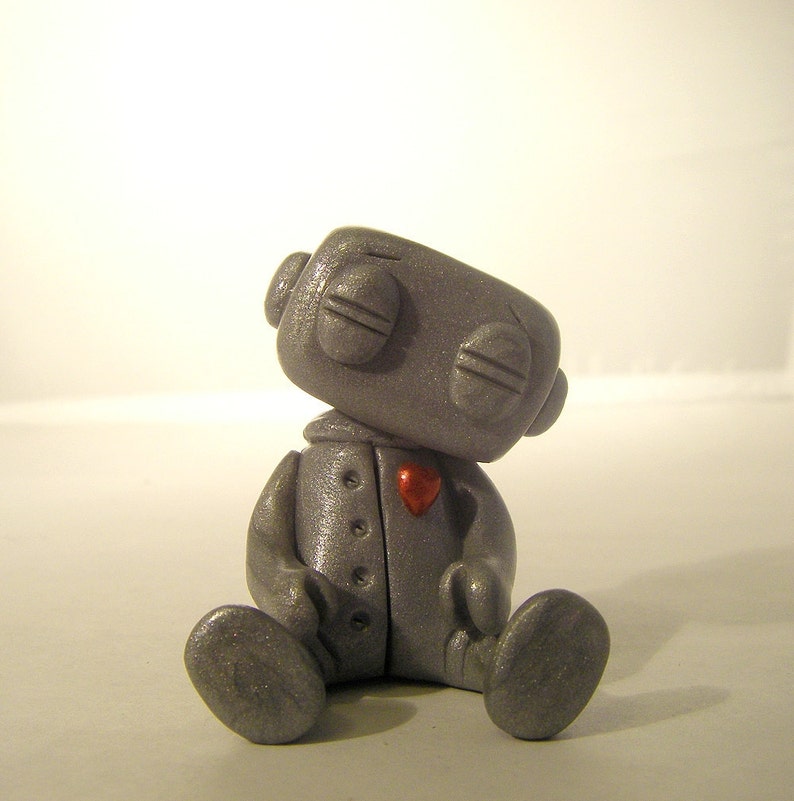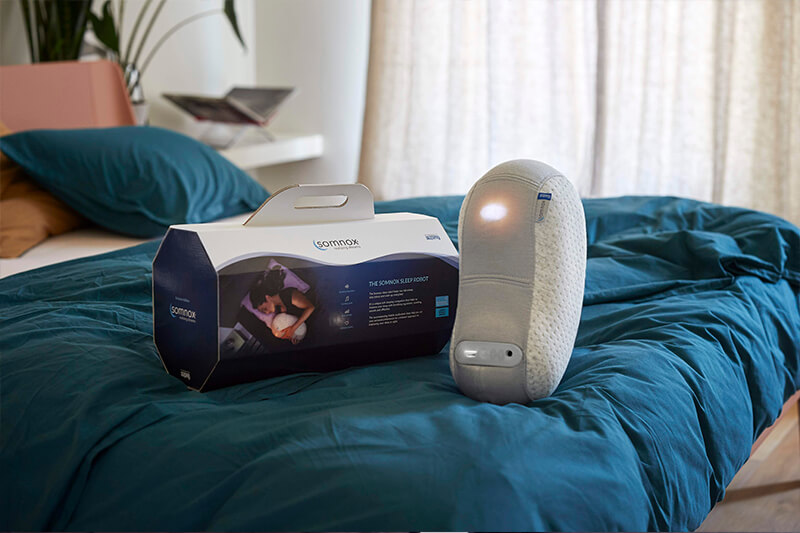

The robot has CO 2 sensors in its head, which adapt to the user’s breathing to help slow it down. Like being in bed with a baby Darth Vader. Each time, an identical mechanical wheeze emerged from the speaker in perfect sync with the breathing. (The other options are nap and relaxation modes.) I selected a few of the soothing musical options, which include “forest walk”, “pink noise” and “cosmic moon” but they didn’t work. While it was working, I tried the deep sleep exercise: essentially a timed breathing pattern of longer exhalations.
#ROBOTS DONT SLEEP BLUETOOTH#
The Bluetooth pairing with the robot dropped a few times, and needed to be reinstated eventually, the app and device stopped recognising each other completely.
#ROBOTS DONT SLEEP UPDATE#
Their one doesn’t work, at least not after the firmware update I installed. You couldn’t scale a cookie business if each biscuit took a month to make.Ĭreating life may be Somnox’s focus I wish it was creating apps. Unless they are talking about the manufacture of the specific item I am holding, in which case that is way too long. Nine months to R&D, prototype, test and market a complex robot sounds insufficient. “It took us nine months to create your new sleep companion, just like a real baby.” (I hope the process wasn’t exactly the same.) It is a weird timeframe. “Creating life is our design philosophy” is the chilling strapline printed on the “birth certificate” included with each purchase. I start getting a strange feeling in my belly, too. The robot has a soft belly part, which gently expands and deflates, with a noise like a discreet ventilator. A warm light within the fabric comes to life, pulsing in and out. And it is comforting, cushioned with foam and soft, thick fabric.

It is heavy – like organic-material heavy. The product is made of high-quality material, with nothing extraneous in the design. There is obvious industry and sophistication here.

Every night, you breathe together in time until you fall sleep, perchance to dream of electric sheep. The idea is that users hold it close to them in bed, building up an emotional bond over time. Somnox describes itself as a “sleep companion.” The kidney-shaped, possibly sentient cushion breathes softly in and out, and plays calming noises. It is an example of soft robotics, and could be revolutionary in the field: most tech is hard-edged, and many overnight devices merely track sleep rather than promoting it. This week I am testing a sleep robot (£549, ) that aims to banish insomnia, aiding natural rest and reducing stress. O nce you cyborg, you never go borg? We’ll see.


 0 kommentar(er)
0 kommentar(er)
